A personal development plan is a vital tool for anyone seeking meaningful self-improvement and growth throughout their lives. By setting clear goals and outlining specific personal growth strategies, individuals can navigate their journey towards a more fulfilled existence. In today’s fast-paced world, effective goal setting has become essential, allowing people to focus on their aspirations with clarity and precision. This structured approach incorporates self-reflection techniques that enable a deeper understanding of one’s strengths and areas needing improvement. Moreover, mind mapping for self-improvement serves as a creative exercise that can help in visualizing opportunities for growth and mapping out a path to success.
Exploring alternative paths to personal advancement can significantly enrich the way we approach our self-improvement endeavors. Often referred to as a self-improvement blueprint or growth framework, this planning process highlights the importance of clarifying our objectives and aspirations. Engaging in thoughtful self-assessment can unveil hidden talents, leading to a more tailored self-discovery experience. Utilizing visual organizational methods like brainstorming can provide fresh insights, ensuring that we maintain focus as we pursue our ambitions. Embracing these diverse strategies facilitates a holistic perspective on personal development, ultimately guiding us toward achieving our fullest potential.
Designing Your Effective Personal Development Plan
Creating a personal development plan can set you on a path of meaningful self-improvement. It’s essential to start by identifying specific areas you’d like to grow in, whether they be emotional, intellectual, or even creative. A well-structured personal growth roadmap not only outlines your goals but also provides a timeline and actionable steps. Make sure to include measurable milestones so you can track your progress effectively.
Incorporating self-reflection techniques can significantly enhance your ability to assess your growth. For instance, setting aside regular time to review your personal development journeys, such as journaling about your experiences, can illuminate emotions and thoughts that may not surface in the hustle of daily life. Frequent evaluations allow you to adjust your personal development plan as necessary, ensuring it remains aligned with your evolving goals.
Utilizing Goal Setting for Personal Growth
Goal setting is a crucial aspect of creating a successful personal development plan. By articulating clear and specific objectives, you are essentially outlining your desired outcomes. Remember, goals should be SMART: Specific, Measurable, Achievable, Relevant, and Time-bound. This foundation helps you stay focused and motivates you to progress, as each completed goal enhances your self-esteem and cultivates a sense of achievement.
Moreover, effective goal-setting involves recognizing the smaller objectives that contribute to larger aspirations. Breaking down your ultimate aims into mini-goals not only makes them more achievable but also helps maintain momentum on your self-improvement journey. You might want to consider having weekly checkpoints to assess your progress and keep your motivation high.
Mind Mapping Techniques for Self-Improvement
Mind mapping is an excellent tool to enhance your personal development plan and promote self-reflection. This visual brainstorming technique can help organize your thoughts and ideas about self-improvement more clearly. By drawing connections between different aspects of your life, such as personal, professional, and emotional goals, you can create a holistic overview of where you currently stand and where you want to go.
Additionally, using mind mapping encourages creativity and can open your mind to possibilities you’ve never considered. This method allows you to visualize your growth strategies, from skill-building activities to steps for increasing your confidence. With a clear mind map, you can easily identify gaps in your knowledge or areas of personal growth that require more attention.
Acknowledging Your Existing Talents
Your personal development plan should focus not only on areas for improvement but also on recognizing and leveraging your existing talents. Conducting a personal inventory helps identify skills you’re already proficient in, providing a solid foundation from which to build. Incorporating this into your self-improvement plan allows you to enhance these strengths, boosting your self-confidence and fulfillment.
By honing your existing skills, you create a balanced approach to personal growth. For example, you might decide to take a course to improve a certain talent or volunteer in a capacity that utilizes your strengths. Accessing your best qualities also fosters positive thinking, which is crucial in maintaining motivation as you navigate the challenges of self-improvement.
Managing Multiple Goals for Successful Development
When crafting your personal development plan, it’s vital to manage your goals wisely. While ambition can be a great motivator, pursuing too many objectives at once can lead to burnout and hinder your progress. Focus on selecting a few key areas for growth that resonate most with your aspirations and values. This prioritization will ensure deeper engagement and increase your chances of achieving these goals.
Furthermore, managing your goals also means being flexible. Life circumstances may require you to shift focus or adjust your personal development strategies. Embracing this adaptability will not only keep your development plan relevant but will also reduce feelings of frustration when things don’t go as expected.
Step-by-Step Achievements in Personal Growth
To realize your personal development goals effectively, consider outlining specific steps that lead towards each objective. Develop a sequential action plan, where each mini-goal acts as a stepping stone towards your major aspirations. This practical approach transforms abstract goals into concrete actions and keeps you accountable for your growth.
For instance, if you aim to enhance your public speaking skills, your first step might be to join a local speaking group or online seminar. Gradually progress to presenting in front of friends or colleagues before stepping into larger venues. This systematic escalation not only builds confidence but also provides vital experience that facilitates personal growth.
Importance of Regular Self-Reflection
Engaging in regular self-reflection is an invaluable component of your personal development journey. Allocating time to examine your thoughts, feelings, and progress can yield insights that guide your self-improvement strategies. Keeping a personal development journal allows you to document your emotional responses and milestones, highlighting patterns that could inform future growth.
Additionally, self-reflection provides opportunities to address obstacles and limiting beliefs that may impede your progress. By analyzing challenges met along the way, you can develop strategies to overcome them, reinforcing resilience in your personal growth journey. This ongoing evaluation ensures that your personal development plan evolves with your changing needs and aspirations.
Utilizing Visualization for Goal Clarity
In your personal development plan, visualization techniques can play a critical role in achieving clarity and focus. By envisioning your goals and the steps to attain them, you foster a deeper emotional connection to your aspirations. Visualization exercises can include creating mood boards or practicing guided imagery that centers around your ideal self and outcomes.
Furthermore, regularly engaging in visualization encourages a positive mindset that shifts the focus from potential setbacks to achievable successes. This mental rehearsal not only prepares you for real-life scenarios but also enhances your motivation to pursue your goals. As part of your self-improvement strategies, dedicating time to visualize your progress reinforces your commitment to personal growth.
Continuing Your Educational Growth
Incorporating continual learning into your personal development plan is essential for sustained growth and self-improvement. This can involve formal education, online courses, workshops, or reading books related to your areas of interest. By regularly updating your skills and knowledge base, you enhance not only your career prospects but your confidence as well.
Moreover, pursuing educational opportunities creates new avenues for personal growth and encourages a curious mindset. This lifelong learning ethic contributes immensely to your personal development plan, ensuring that you remain adaptable in an ever-changing world, while also fulfilling your inner desire for self-improvement.
| Tip | Description |
|---|---|
| 1. Brainstorm | Utilize mind mapping to explore self-improvement themes and identify key areas for personal growth. |
| 2. Consider Your Existing Talents | Evaluate your existing skills to recognize areas of strength for focused personal development. |
| 3. Be Specific | Clearly define goals with quantifiable aims to track progress effectively. |
| 4. Don’t Pursue Too Many Goals At Once | Concentrate on a few specific goals to avoid burnout and ensure meaningful growth. |
| 5. Come Up With Steps To Success | Outline clear, actionable steps (mini-goals) for each personal growth aim. |
| 6. Engage In Regular Self-Reflection | Maintain a development journal and assess progress to continuously refine your plan. |
Summary
A personal development plan is essential for anyone looking to grow and improve in various aspects of life. It involves setting clear, achievable goals, engaging in a structured approach to self-improvement, and reflecting on personal progress. By following tips such as brainstorming ideas, focusing on existing strengths, being specific in your aims, and regularly assessing your development, you can create a path that leads to greater self-awareness and fulfillment. Embracing this journey not only enhances your skills and talents but also empowers you to aspire toward the person you wish to become.
Creating an effective personal development plan is essential for anyone striving to achieve their goals and foster meaningful self-improvements. This structured approach not only clarifies your objectives but also outlines the necessary steps to reach them, making the process more approachable. Combining techniques like goal setting and self-reflection strategies, you can pinpoint areas for personal growth and devise actionable plans. Whether you’re engaging in mind mapping for self-improvement or tracking your progress through regular assessments, these methods empower you to take control of your journey toward self-actualization. Embracing this dynamic process can lead to profound transformations, enabling you to lead a more fulfilling and purposeful life.
The concept of a personal growth strategy, often referred to as a self-improvement blueprint, serves as a roadmap for individuals looking to enhance their lives. By establishing clear benchmarks and utilizing reflective practices, one can identify key areas that require attention while building on existing strengths. This type of structured planning encourages individuals to set achievable objectives, paving the way for continual development and self-discovery. Techniques such as brainstorming and goal identification enhance the effectiveness of these plans, enabling individuals to visualize their future. Ultimately, adopting these strategies fosters resilience and self-efficacy, guiding you toward lasting change.

